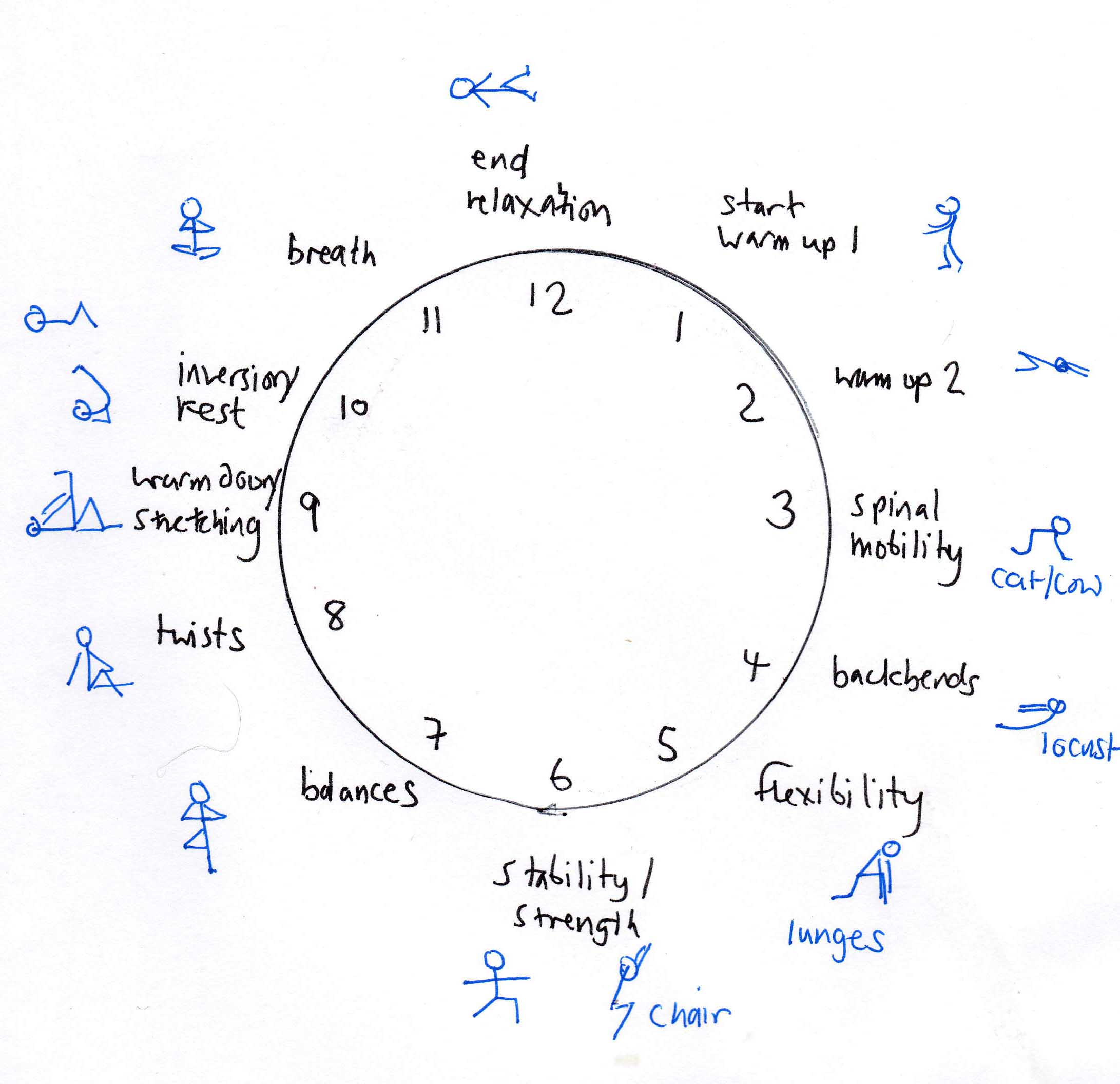Published: Oct 21, 2016 by Lucy Tennyson
There are many benefits to going upside down in yoga – but beware, inversions are not for everyone. It’s a contentious issue in yoga circles, but some believe injuries that result from long term practice of postures such as headstand and shoulderstand include compression of the upper spine and impaired mobility in the neck.
So, if you are new to yoga, take your time before inverting— six months is not too long. And there are plenty of alternatives that bring many of the benefits without risks to your health.
This week, I introduced shoulderstand for the first time into our class. The option of putting the feet on the wall, and going into a half shoulderstand allowed students to safely experience the feeling of lifting the body above the head.
Benefits to the body
There are four major systems in the body that the practice of inversions is said to positively influence: cardiovascular, lymphatic, nervous, and endocrine. The body and its organs is stimulated in various ways, for example, the heart has to work hard to pump blood up into the feet, and the lymph flows the opposite way from usual due to gravity, while brain feels refreshed by a surge of blood and nutrients.
Who can resist putting their feet up?
Viparita Karani is the best example of a gentle but powerful inversion. We can lie for five minutes or so with no stress to the body with the legs resting up the wall, or over the seat of a chair. And it’s always been traditionally recommended for problems like varicose veins and edema (swelling) of the feet, when lymph is unable to maintain the appropriate fluid balance in the lower extremities.
How to prepare for shoulderstand
Attend class regularly! And learn the fundamentals - and how to prepare for your chosen inversion. This should include extending the spine in postures such as extended child and down dog (Adho Mukha Svanasana); opening the shoulders via cat, and cow faced (Gomukhasana) arms; working in bridge and other backbends; and developing balance and strength with standing poses.
